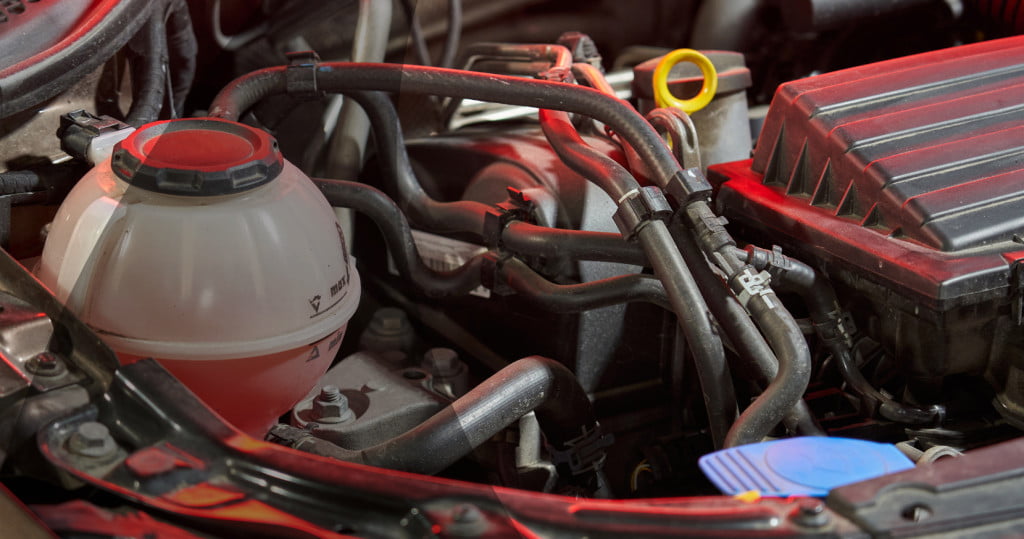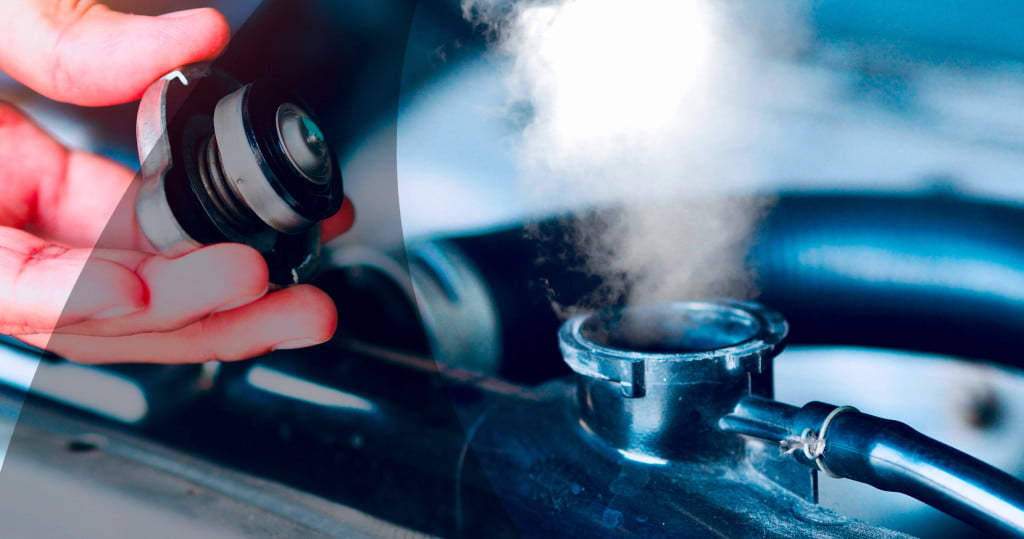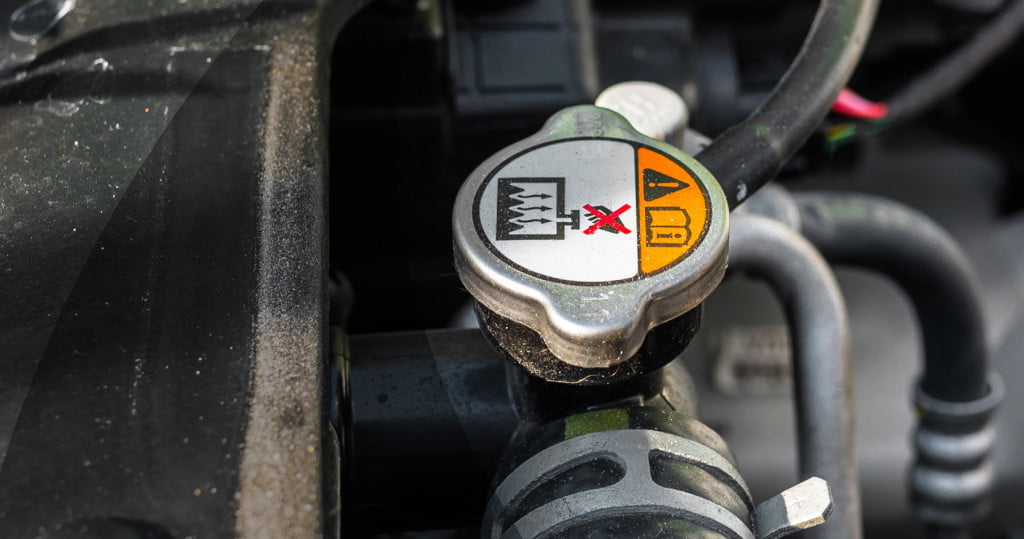What is the key difference between engine Antifreeze and Coolant?
Antifreeze safeguards against freezing of the coolant within the radiator coils during cold weather, while Coolant assists in regulating the engine's temperature to prevent overheating.
Antifreeze and Coolant serve distinct roles in a vehicle's cooling system. Antifreeze serves as the base ingredient and needs to be combined with water to form Coolant; the mixture found in the cooling systems of all "water-cooled" vehicles.
Typically, Coolant comprises a 50-50 mixture of antifreeze and water, though it can contain up to 70% antifreeze for extreme cold conditions. This balanced blend effectively cools engines operating at temperatures exceeding 200 degrees Fahrenheit and prevents freezing in temperatures as low as 30 degrees below zero.
Water alone lacks the necessary cooling efficiency and freeze protection required by engines. With a boiling point of 212 degrees Fahrenheit and a freezing point of 32 degrees Fahrenheit, water is inadequate. Additionally, it can lead to rust formation in cooling system components. Engine overheating can result in warped parts, and when water freezes, its expansion can cause cracks in engine blocks and other components.
Using undiluted antifreeze does not provide enhanced freeze protection. While antifreeze alone freezes at zero degrees Fahrenheit, a 50-50 mix with water decreases the freezing point to minus 35 degrees Fahrenheit and raises the boiling point to 223 degrees Fahrenheit or higher.
What constitutes an effective Coolant?
A reliable engine coolant plays a crucial role in maintaining your car's engine temperature within optimal ranges, preventing both freezing and overheating while safeguarding against corrosive elements. What components are essential for crafting high-performance engine coolant?
Water: Most engine coolants consist of approximately 50 percent water. While straight antifreeze lacks water content, mixing it with water, following manufacturer guidelines, produces coolant. Some car owners choose the DIY approach of mixing, while others prefer pre-mixed coolant.
Ethylene Glycol: The primary active ingredient in the majority of engine coolants, ethylene glycol, has been utilized as a coolant ingredient since World War I. It ensures that the circulating liquid in your vehicle's engine remains unfrozen in extreme cold and doesn't evaporate under high temperatures.
Propylene Glycol: Some engine coolants utilize propylene glycol instead of ethylene glycol. While propylene glycol is more viscous, resulting in less efficient heat transfer compared to ethylene glycol, it's considered less toxic if ingested, making it appealing to car owners with children and pets.
Corrosion Inhibitors: Water and ethylene glycol (or propylene glycol) form the base of most engine coolants, but various additives are incorporated to prevent corrosion, yielding different coolant types. These additives vary by region; for instance, cars manufactured in Asia employ carboxylates and phosphates as anti-corrosion agents in their engine coolant, avoiding silicates. Conversely, European cars utilize a combination of silicates and carboxylates to combat corrosion.
Different regions face distinct challenges, leading to the utilization of specific corrosion inhibitors tailored to address these issues. For example, Asian-manufactured cars have encountered difficulties with heat transfer efficiency, prompting the exclusion of silicates in engine coolant formulations and the inclusion of phosphates and carboxylates. In contrast, European cars have grappled with scale formation due to reactions between phosphate inhibitors and hard water minerals like calcium and magnesium, resulting in the absence of phosphates in engine coolant and the adoption of silicates and carboxylates.
Dyes: Added to make it easier to distinguish between oil and other liquids, and to improve visibility so the liquid level in the reserve tank can be seen.
What are the different types of antifreeze in Ultra1Plus?
Here are all the types you may encounter at your local store, their specific type of corrosion inhibitor:
OAT (Organic Acid Technology) – Organic Acids
IAT (Inorganic Additive Technology) – Silicates
NOAT (Nitrited Organic Acid Technology) - Nitrite
What’s the difference between IAT, OAT and NOAT Antifreeze?
IAT (Inorganic Additive Technology) and OAT (Organic Acid Technology) are two types of antifreeze used in vehicles, each with its own formulation and method of corrosion protection.
IAT Antifreeze + Coolant, the older of the two technologies, is a mixture of water and silicate with additional additives aimed at preventing corrosion.
On the other hand, OAT Antifreeze + Coolant, a more recent innovation, utilizes different ingredients to achieve corrosion protection. OAT works by altering the pH of the coolant, making it more acidic, which helps to inhibit corrosion.
The primary distinction between IAT and OAT lies in their corrosion protection mechanisms. While IAT forms a protective barrier between metal surfaces, OAT actively modifies the coolant's pH to deter corrosion from occurring.
Furthermore, OAT coolants typically have a longer lifespan compared to IAT coolants. This is because the organic acids in OAT formulations degrade at a slower rate than the silicates found in IAT coolants. Consequently, vehicles using OAT coolant may require less frequent coolant changes.
Given its extended service life and improved corrosion protection, OAT coolant has become increasingly popular in recent years.
NOAT Antifreeze + Coolant is a virgin ethylene glycol-based product blended with advanced nitrited OAT (organic acid technology) high performance additive package. This premium coolant is formulated with nitrite and molybdate combination while being free of phosphate, silicate, and amines for maximum protection.
Nitrite is a corrosion inhibitor present in heavy-duty antifreeze, primarily used for the prevention of cavitation wet sleeve liner pitting. Without proper inhibitors, typically nitrite and/or molybdate, to form a protective barrier, wet sleeve liners in heavy-duty applications are unprotected and can develop catastrophic damage. NOAT Antifreeze + Coolant is ideally suited for heavy-duty diesel applications where extended service interval, aluminum, and copper components compatibility is required of a nitrite based, silicate free coolant, including on-road truck, off-road, farm and marine engine applications.

What are Extended Life Coolants (ELC)?
Extended Life Coolants (or ELC) are often referred to as organic acid technology (OAT) coolants. These use carboxylates type organic acids, (alkyl monoacid and alkyl diacid) which have been proven to provide metal corrosion protection without the general issues associated with inorganic materials - "plating" or sticking to the hot metal surfaces.
ELCs are designed with special chemistries to prevent liner cavitation from occurring throughout the coolant life. Since this plating and insulation does not occur in ELCs, their heat transfer is improved over conventional coolants.
Why does antifreeze need to be changed?
Antifreeze, like other fluids in your vehicle, degrades over time, becoming increasingly acidic. This acidic nature fosters corrosion, which poses a threat to vital cooling system components such as the radiator, water pump, hoses, thermostat, and radiator cap.
Additionally, rust, dirt, and other detrimental particles can accumulate within the radiator. The presence of such contaminants diminishes the effectiveness of antifreeze in regulating engine temperature. Consequently, this compromised performance can result in engine overheating, potential damage such as a cracked engine block.
Coolant Glossary:

What are the signs that you need to add Coolant?
Several signs indicate that it's time to replenish your coolant supply:
If you're uncertain about your vehicle's coolant status, it's advisable to have it inspected by a certified mechanic for accurate assessment and appropriate action.

Safety Tip - Cooling System Maintenance:
CAUTION: Prioritize personal safety by allowing the engine to cool before removing the coolant pressure relief cap. The cooling system operates under pressure, and loosening the cap can release steam and hot liquid forcefully.
CAUTION: Do not add engine coolant while the engine is running or when the cooling system is hot. Failure to adhere to this caution may result in personal injury.
CAUTION: Do not exceed the MAX mark when adding coolant to the system.
CAUTION: Refrain from pouring coolant into the windshield washer reservoir. If coolant is sprayed onto the windshield, visibility may be compromised.
IMPORTANT: Only in an emergency should you add only water to the coolant system. Most modern engines have aluminum cylinder heads, which require the protective anticorrosive properties of antifreeze. A 50/50 mix of liquid or coolant is usually sufficient.

Choose UltraCool for your antifreeze and coolant
Navigating the multitude of coolant options can be daunting. Consider factors like your vehicle's age, manufacturer recommendations, and typical operating temperatures. Before making a purchase, consult the original manufacturer's guidelines to determine the suitable coolant type for your car.
For top-notch coolant performance, consider UltraCool as your go-to solution. With UltraCool's range of antifreeze + coolant, you can keep your engine running efficiently while safeguarding the components that form your car’s cooling system. Check out the range to learn more.
